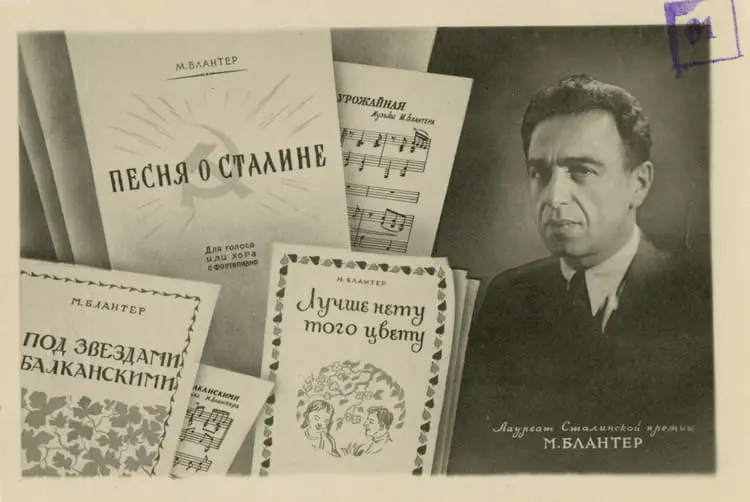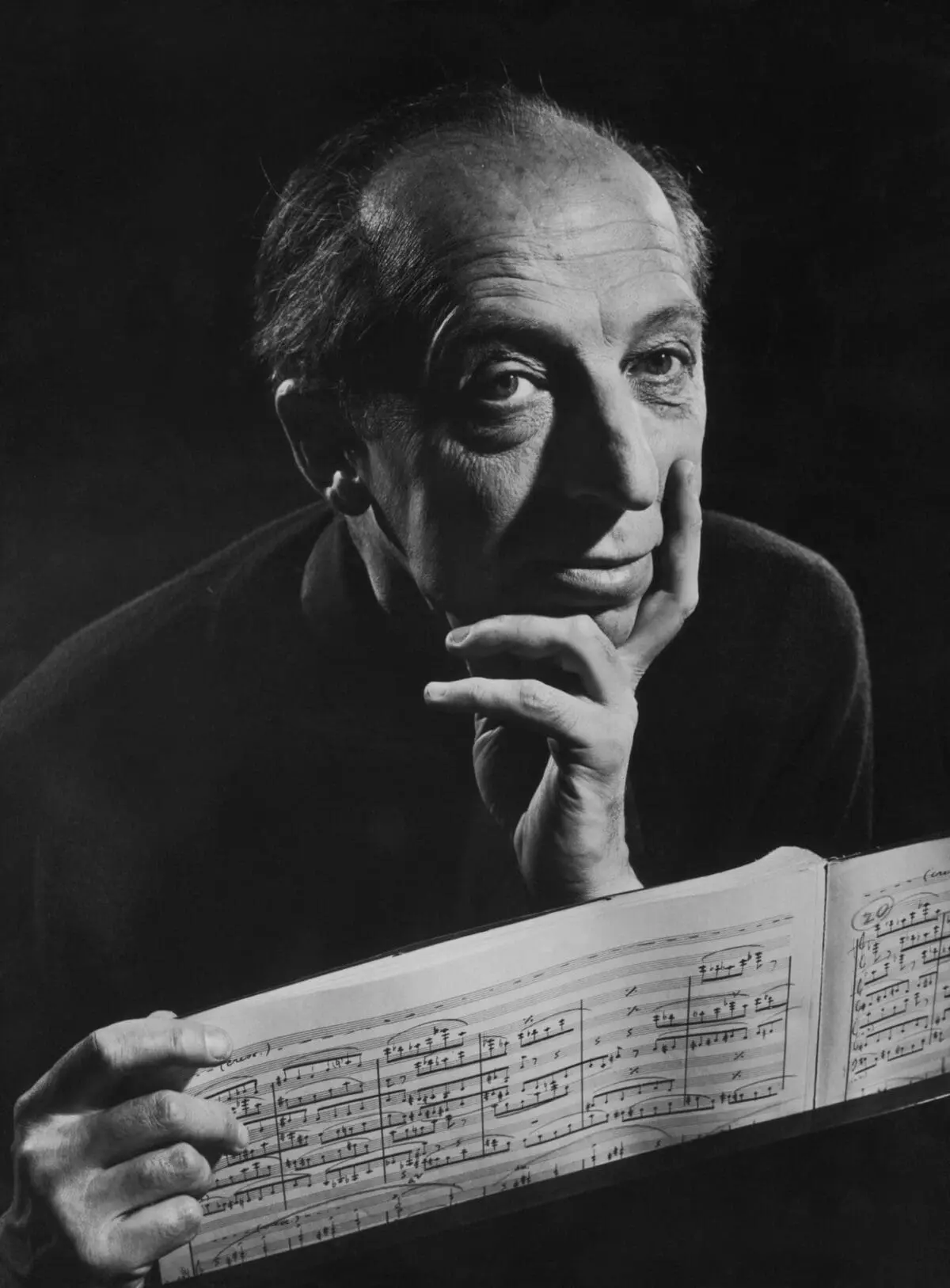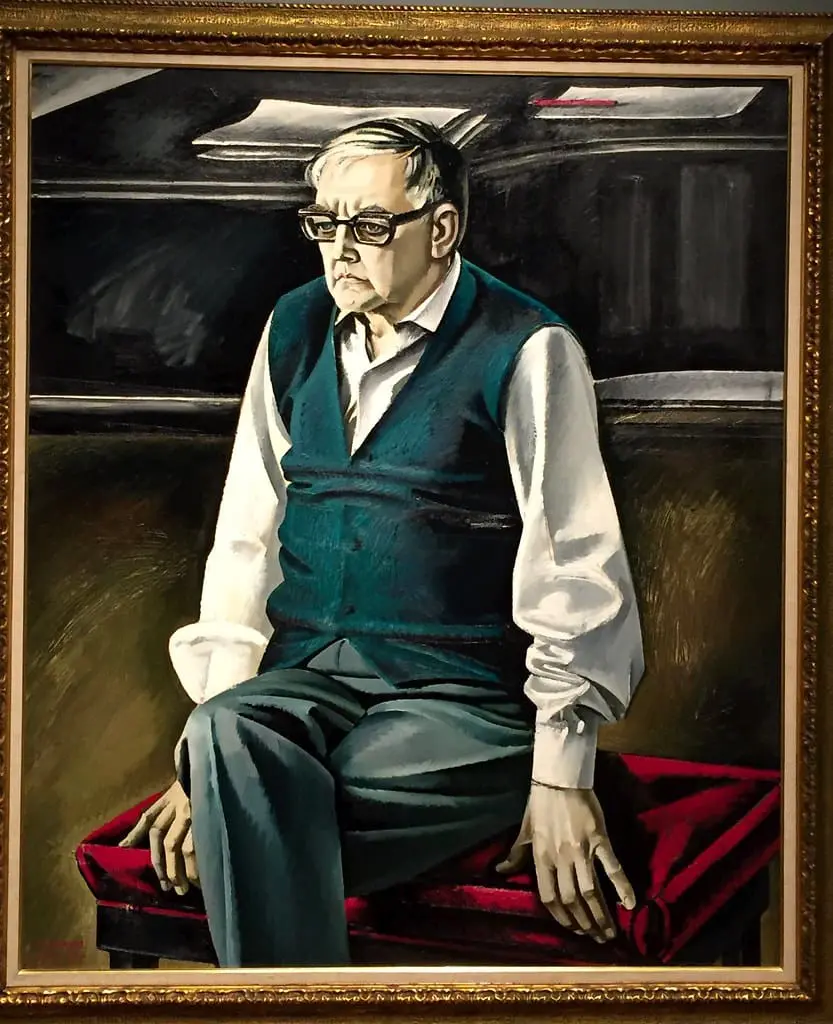One of the most famous music composers during the Great Patriotic War (the Russian term for the Second World War), Matvei Blanter, was born and raised in the town of Pochep during the reign of the Russian Empire. His father was a craftsman, and his uncle, Solomon Mikhoels, was an actor, director, and co-founder of the Moscow State Jewish Theater. His great contribution would be a patriotic military love song that he created during a time of loss and separation.
Early years
Matvei studied the musical arts in Kursk and Moscow, including piano, violin, and composition. In his early career, Matvei built a reputation for creating light dance and jazz songs. After the rise of Stalin, however, his vocation took a turn. The cultural environment of Russia became more ideologically strict. As a result, Matvei began producing music for propaganda purposes. A perfect example of this is the song Stalin is Our Battle-Glory. He wrote other military songs during the period before WWII.
The war years
By far, the most famous piece he ever wrote was Katyusha. The folk song is both upbeat in its character as well as militaristic in nature. The song represents a woman named Katyusha, who yarns for the love of her life, serving on the Soviet border. The woman sends her song to the young soldier to remind him of his love for her and help him protect the Motherland, while Katyusha will preserve the love and bond between them. It gained fame and popularity during WWII. It became an inspiration to participate in the war effort against Nazi Germany. More so after Operation Barbarossa, the German invasion of Soviet Russia.
The song was played by female students from the Soviet Industrial school in Moscow, offering a farewell to soldiers going to the front against the Nazi regime. It became an international hit, played by many singers in many nations, including Italy, where it became a favorite of Italian partisans fighting against both German and Italian Fascists in Italy.
Photo – http://aaron-kreiswirth-f8fa.squarespace.com/blog/bfe7d491-ace3-4dae-bfcf-bab12a24ffe1
Sign up for one of our upcoming events soon!!


